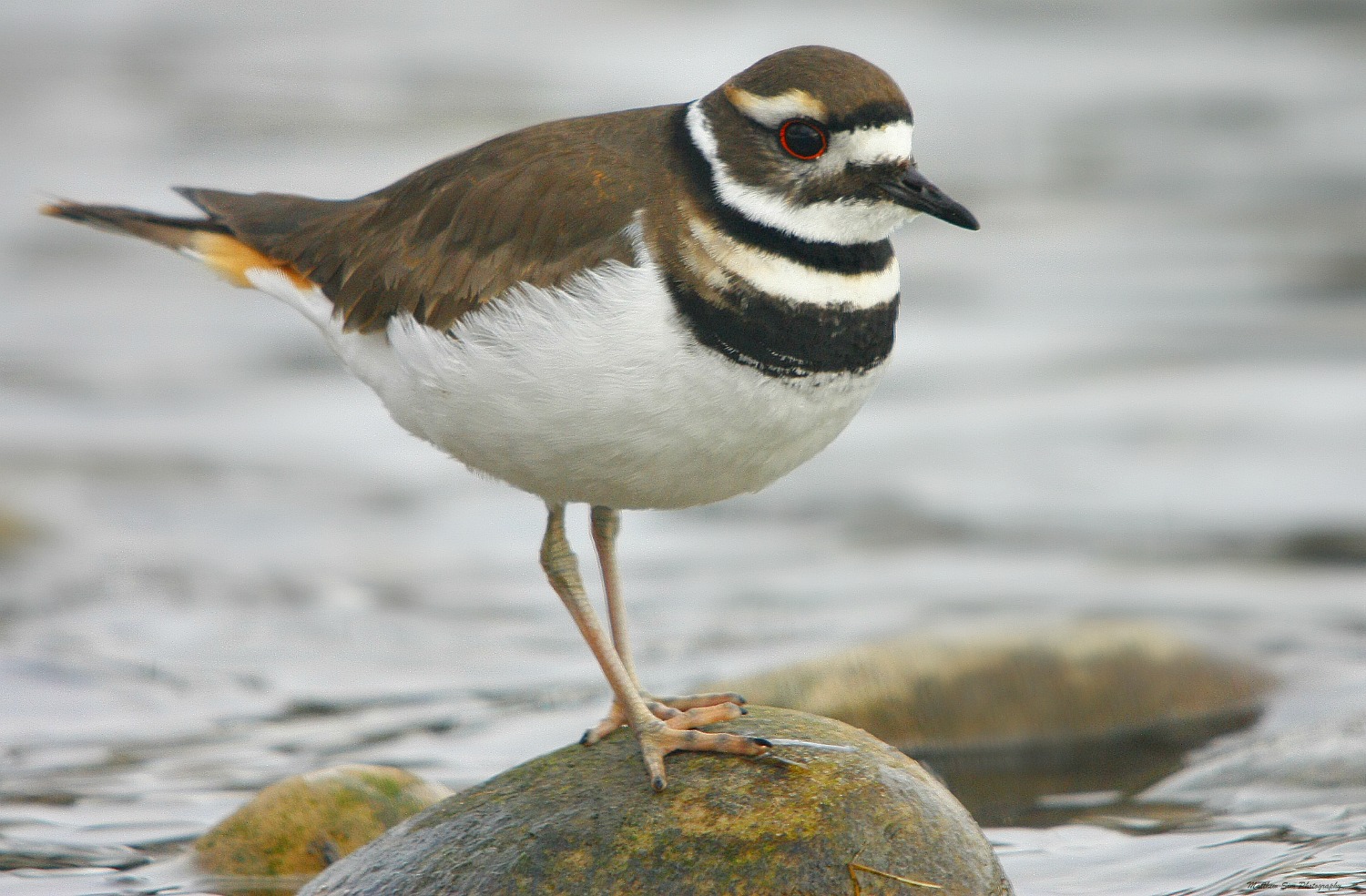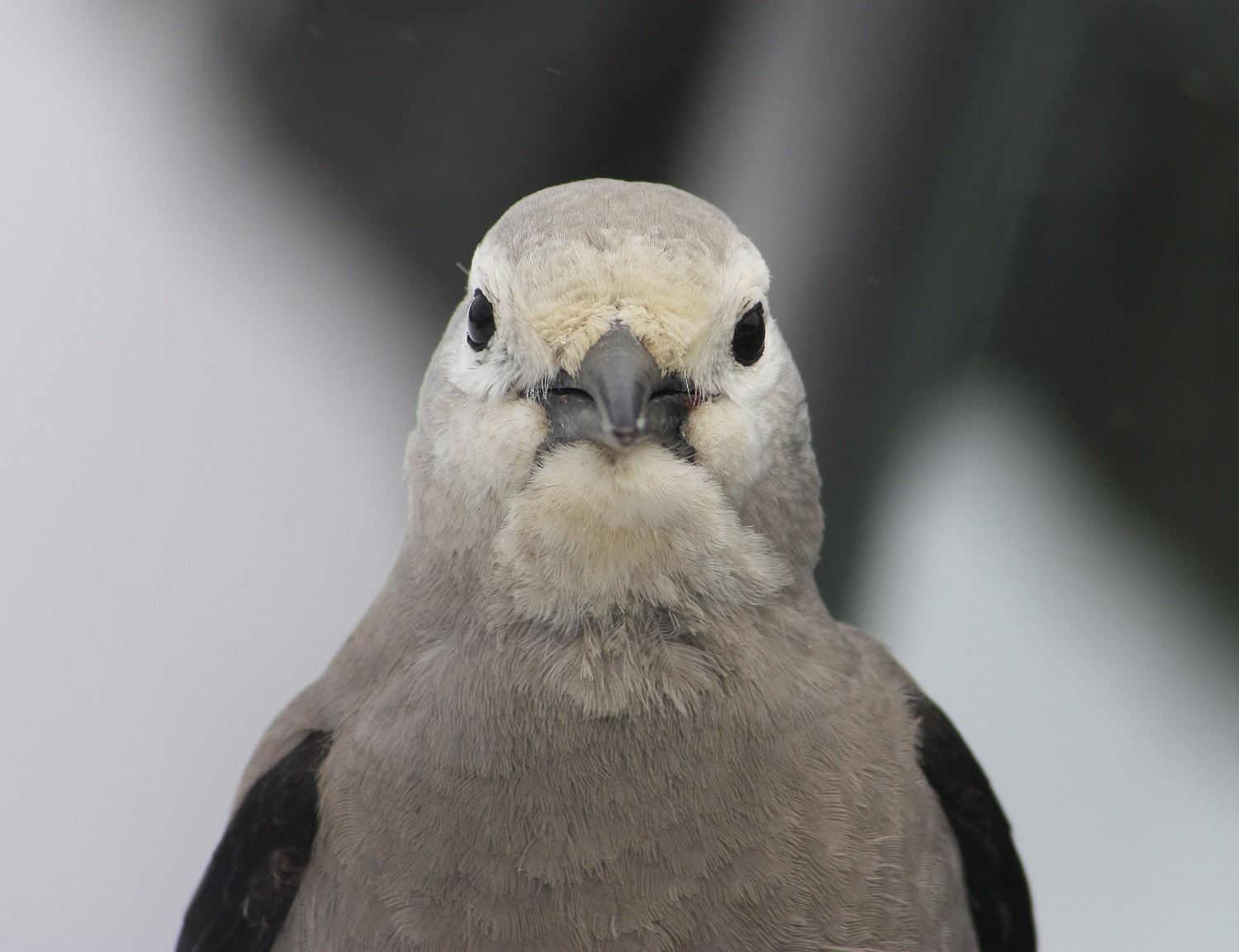This year, I also did the Christmas Bird Count; I was assigned the S1 route, encompassing both Carburn and Southland Park. We started the morning birding from the Eric Harvie bridge in Southland, right beside the dog park, before splitting up, 2 groups going south along the river (one on each side) and 2 groups going north along the river. The day was off to a good start as we observed 2 adult eagles and 2 immature eagles flying low overhead; the rising sun was beautiful, adding to the good beginning and silhouetting the many ducks and geese on the Bow River.

We observed thousands of Mallards, Common Goldeneyes and Canada Geese throughout the day with several hundred Buffleheads as well. There were also several Barrow’s Goldeneyes in these waterfowl flocks.


The Common Goldeneyes weren’t quite as numerous as the Mallards however they were still present in large numbers.

We continued to walk further down the river, spotting Redpolls, plenty of waterfowl, Killdeer, magpies and… RUSTY BLACKBIRD!!! As we were hiking along the river, we flushed up a brownish-black bird about the size of a Robin from the bank. It landed nearby at the top of a poplar where we all got good looks at it. Unfortunately, the same cannot be said for my photographs of this species! This blackbird, is an unusual bird in Calgary, explaining, perhaps, my excitement at the sighting (also, this was only my second time seeing this species).

We headed back to the meeting spot, the Eric Harvie Bridge, where we saw a Sharp-shinned Hawk and discovered that another group had found an American Wigeon. We then headed to our next stop, Tim Hortons! After warming up and getting refreshments at Tim Hortons, we headed out near the Glenmore bridge, where at a pullout, we walked out and did some more birding, turning up a Killdeer and a Hairy Woodpecker.

The next and final stop for our group was Carburn Park. Our goal at Carburn, was to find an American Pipit that had been reported here a little while earlier. Though we couldn’t agree to the location where this bird had been seen, we did manage to find it. This happens to be the first pipit recorded on the Calgary CBC since its beginning, 59 years ago.

Also in Carburn, we found a pair of Great Horned Owls, that were extremely well camouflaged against the tree branches they were perched on, several more Barrow’s Goldeneyes and another juvenile eagle. I decided to head home early and only found out later that the rest of the group had also found a Northern Pintail and a Wood Duck in Carburn. I birded around my neighborhood, which was inside our count circle, and managed to add both species of crossbills, a robin and a Merlin to our list, among other species.

The pipit and the Rusty Blackbird were definitely the highlights of the day for me, however they were only two of the 33 species and 7924 individuals recorded by 10 counters in this particular area. Here are the complete results:
Canada Goose, 1500; Wood Duck, 1; American Wigeon, 1; Mallard, 3000; Northern Pintail, 1; Bufflehead, 150; Common Goldeneye, 2800; Barrow’s Goldeneye, 20; Common Merganser, 20; Bald Eagle, 5; Sharp-shinned Hawk, 1; Merlin, 1; Killdeer, 5; Rock Pigeon, 25; Great Horned Owl, 2; Downy Woodpecker, 5; Hairy Woodpecker, 2; Northern Flicker, 3; Black-billed Magpie, 125; American Crow, 3; Common Raven, 12; Red-breasted Nuthatch, 3; White-breasted Nuthatch, 3; American Robin, 1; Dark-eyed Junco, 1; Rusty Blackbird, 1; House Finch, 4; Red Crossbill, 12; White-winged Crossbill, 26; Common Redpoll, 25; House Sparrow, 110; American Pipit, 1.
Posted by Matthew Sim




















































